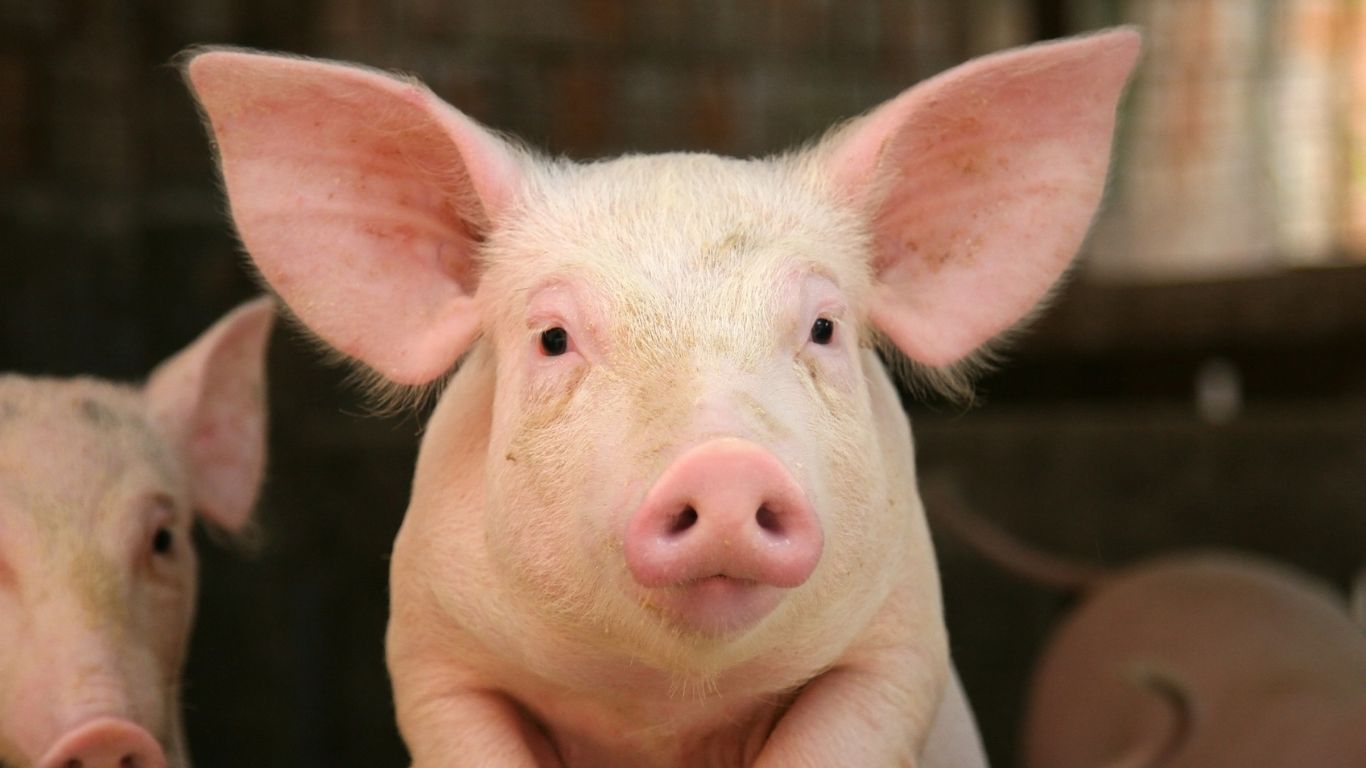
Farmers work hard to put food on our tables. Data from 2021 Census of Agriculture show that livestock inventories and acreage for prominent crops have remained quite stable and even increased modestly since 2016.
We recognize the important work that farm operators do and are doing everything we can to reduce the survey burden imposed on them. By replacing time consuming surveys with administrative data, satellite technology and advanced modelling techniques, we are providing the same great data that farmers and Canadians rely on, with a lot less burden.
July and September field crop surveys now fully modelled
For the past six years, we have been tracking the preliminary production and yields of Canada’s principal field crops through a combination of satellite imagery, weather data and crop insurance data to modernize the Field Crop Reporting Series.
Users interested in knowing how Canada’s crops are faring this year in real time can check out the Crop Condition Assessment Program web application, which monitors a crop land vegetation index on a weekly basis.
This little piggy went to…
Last November, we used experimental administrative data from the Canadian Pork Council to estimate interprovincial hog imports and exports. We can now track interprovincial hog movements without having to ask farmers to fill out a form telling us directly. The last release of hog statistics in late August included interprovincial imports and exports based on this new, zero direct contact collection method.
Tracking how many people help put food on our plates
Canadian farmers depend on temporary foreign workers and locally hired employees to help put food on our plates. In May 2021, AgZero launched the Agriculture and Agri-food Labour Statistics program, which was designed to produce detailed employment estimates in the agriculture and food manufacturing sectors. These estimates were produced with zero direct contact with farmers. AgZero is a project that uses alternative data sources and advanced technologies, such as Earth observation data and machine learning, to reduce the response burden on farmers to as close to zero as possible by 2026.
Estimating seeding intentions without using a survey
We are currently working towards estimating the seeding intentions of farmers in March without using a survey. To do this, we are using administrative data and machine learning algorithms. This alternative method of producing reliable data on seeding intentions will result in one less survey for farmers to complete.
A window into greenhouse farming
We are looking at supplementing or replacing parts of our agricultural surveys by using innovative methods and satellite imagery to detect greenhouses and identify the different produce grown within them and their cover type. We also use open source software to note when greenhouses are in operation.
Tracking renewable energy on farms
Starting in 2018, we have been using experimental high-resolution satellite imagery and advanced modelling techniques to automatically identify solar panels, mainly on farms, to estimate total solar output and replace parts of the renewable energy questions in the agricultural survey.
Learn more about our AgZero initiatives
As part of our commitment to engagement and transparency, Statistics Canada’s Agriculture Statistics Program provides regular updates on the AgZero initiative to key stakeholders and all Canadians.
For those wanting to learn more, check out our AgZero webpage and the infographic: The road to AgZero.
Contact information
For more information, contact the Statistical Information Service (toll-free 1-800-263-1136; 514-283-8300; infostats@statcan.gc.ca) or Media Relations (statcan.mediahotline-ligneinfomedias.statcan@statcan.gc.ca).
